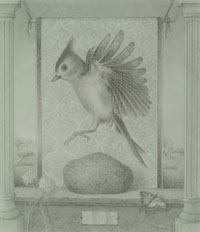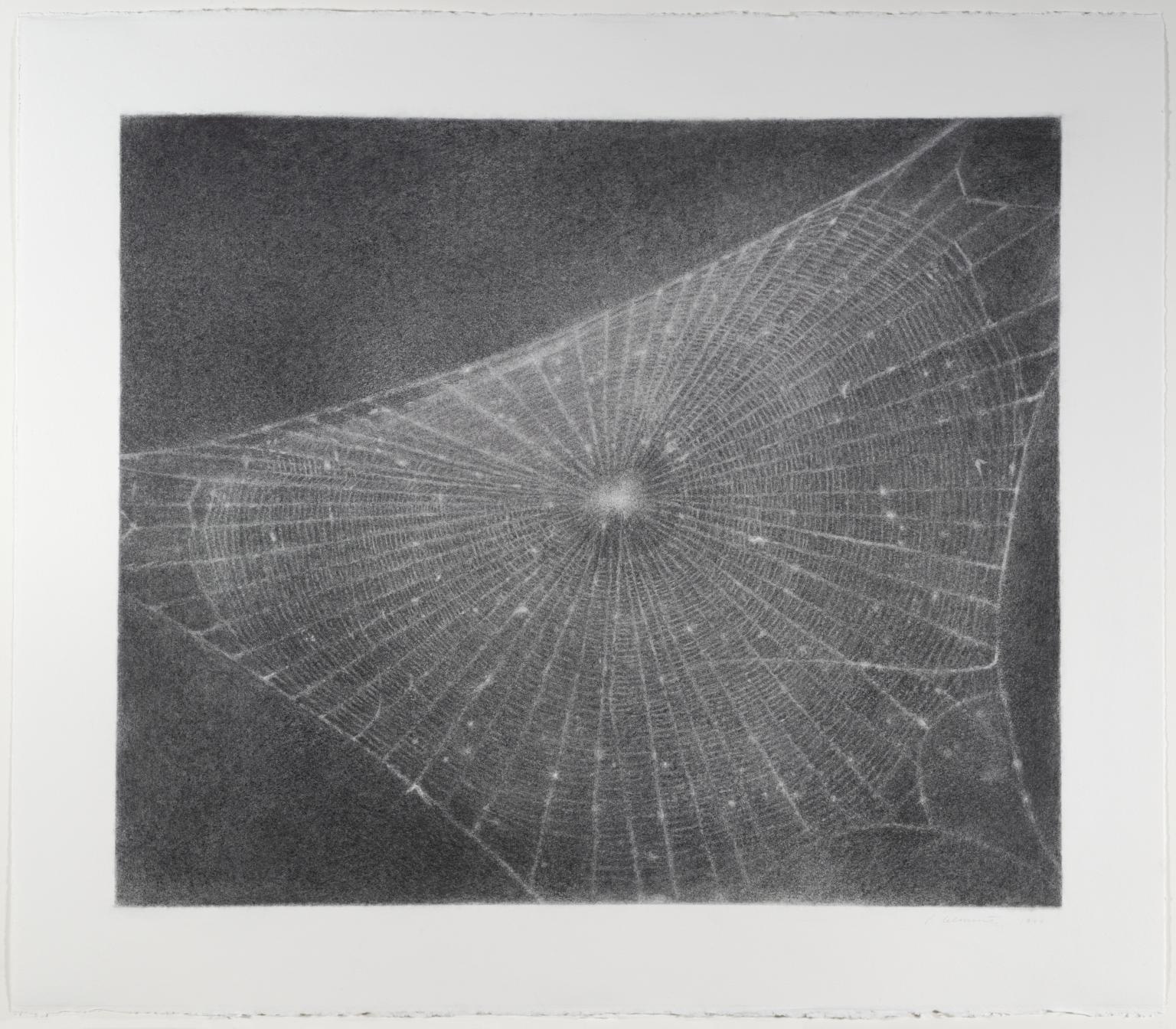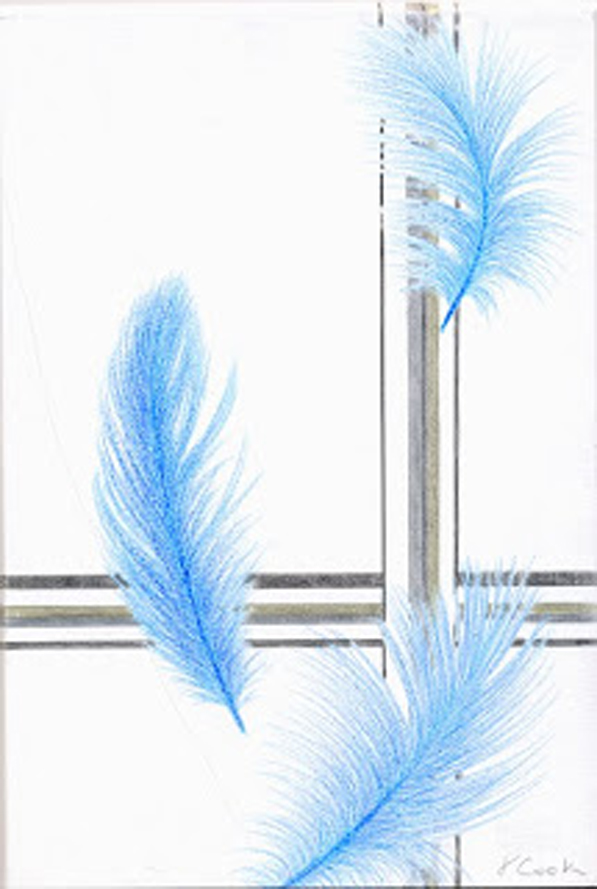Between spending my days in hospitals and hotels, there has been little time in the last six weeks to remember about my real passion in life, art. Nonetheless, luck lent me a day of being able to talk about art-making, the joys and fascinations - and challenges - that come with it.
Aloe Exuberance, Palma., watercolour, Jeannine Cook artist
I felt a little like this watercolour painting that I had done in early January, which I entitled Aloe Exuberance. The talk I was giving about art was at the end of my exhibition, Brush or Stylus: Jeannine Cook's Choices, at the spacious Albany Arts Council gallery in Albany, Georgia. A roomful of ladies and one gentleman gathered at lunchtime: I soon learnt that most of them were watercolour artists, some art teachers, and most were also curious about metalpoint drawing.
It was really restorative to be talking about my passion for art and about how I approached art-making. Each of us is very individualistic about this process of creation, but nonetheless, as I reminded my audience, there is a unifying element to it all. Beyond the life experience that each of us brings to art, there are the basics of technique, in whatever medium being used.
Being able to draw, from real life, is for me of prime importance. It doesn't mean that the finished result will even resemble what is in front of one; that is not really the point. Drawing this way enables one to understand how the object works in space, how it is weighted, how it is articulated, how it smells and feels... Even if later, the resultant art is abstract, there is a veracity, a knowledge implied that help to convey what the artist is trying to say. This understanding aids in composition, in colour planning in a painting, in catching the light, in organising what one is trying to depict. Obviously, in a finished drawing, the initial understanding and exploration aid hugely, particularly if the drawing is in silverpoint/metalpoint, where no erasure nor alteration are possible.
Being comfortable in the medium chosen, whether it be watercolour or other painting media, is crucial. That ease only comes with practice and understanding, but a realistic choice of pigments helps too. A limited palette is often much more harmonious and does not restrict the range of colours and tones at all. Being beguiled by all the brightest, newest and most luscious of pigments can be problematic in art! A little restraint often pays off and makes for a less complicated painting process.
Perhaps the most important aspect to me of creating art is learning to listen to that small, interior voice in one's head. Trust it, because it allows the creation of truly individual pieces of art, expressions of you and you alone. You are a unique person and artist. Your own ideas and visions, your own way of expressing them, in an adequately professional technical fashion, are the path to your own artistic voice, one that will make you different from every other artist.
Warbler Weaving, Palma - silverpoint, Jeannine Cook artist.
As I reminded my audience in Albany, we are all products of complex, rich lives. Thus our art-making can be equally individualistic and special. In a way, this silverpoint drawing, Warbler Weaving, that I drew earlier this year, is a symbol of our creative lives as artists. We weave together so many strands of different things - large, small, fragile, strong- to create art that expresses who we are. The results go out into the world, sending messages and inviting shared experiences, as the creative circle is completed between artist and viewer. In the same way, this exquisite little nest I found goes from being a home in which to rear nestlings to sharing the warbler's magical creation with a wider human audience.
I was so grateful to the Albany Arts Council and its gracious Executive Director, Carol Hetzler, for allowing me to share my passion for art. It enabled me to remember that I need to return to creating art, very soon.
































